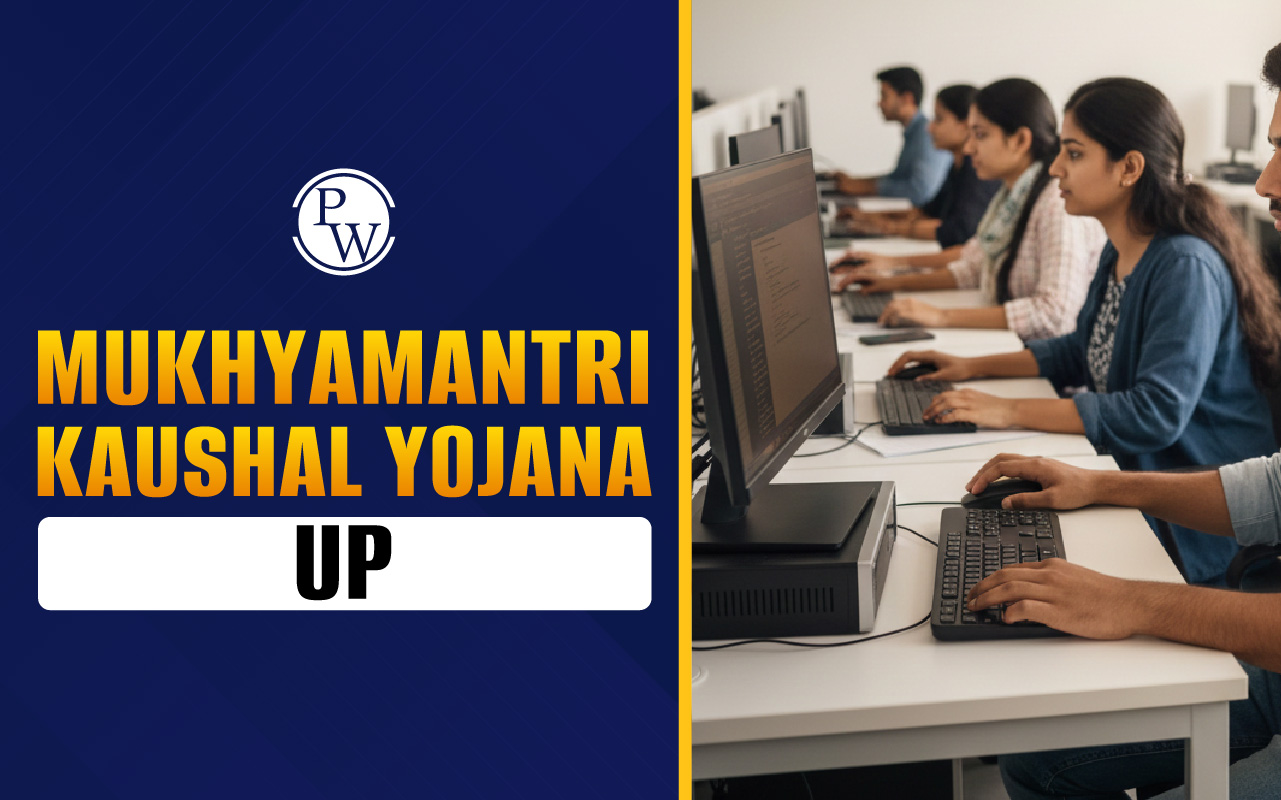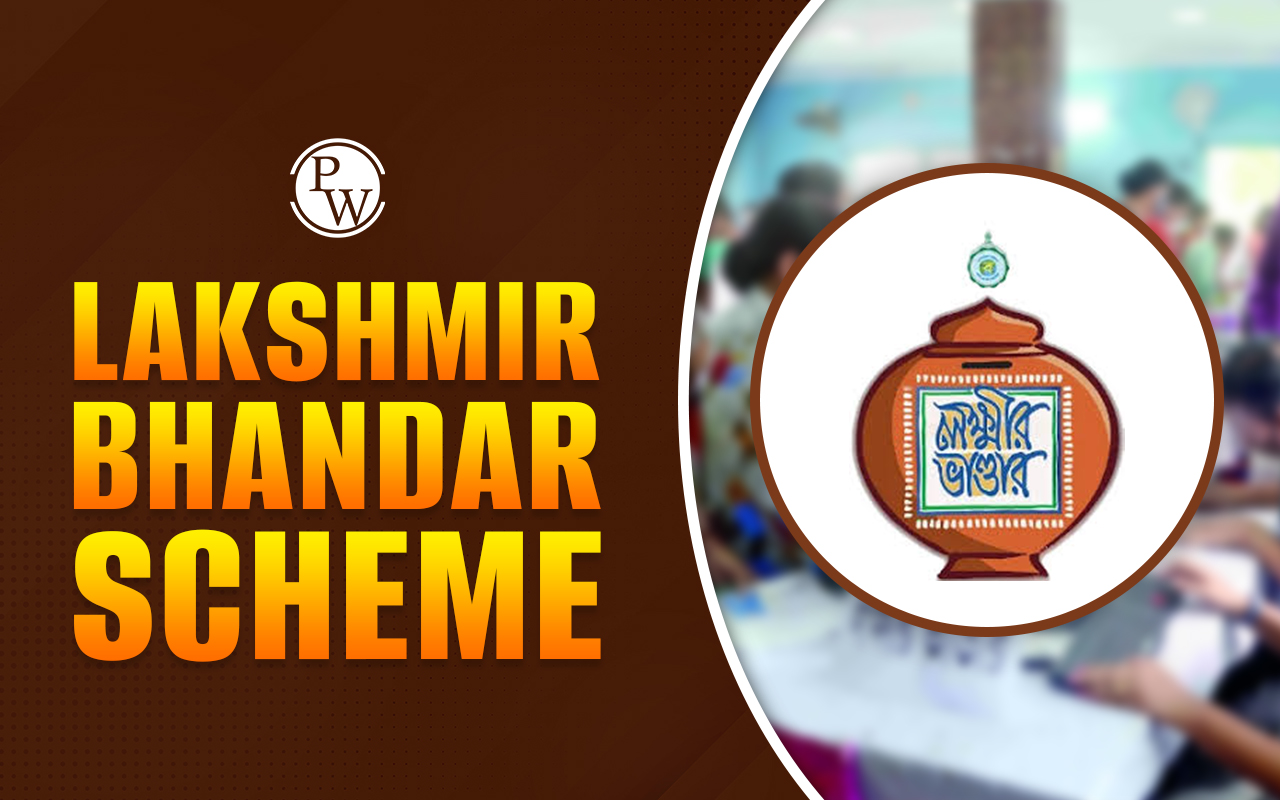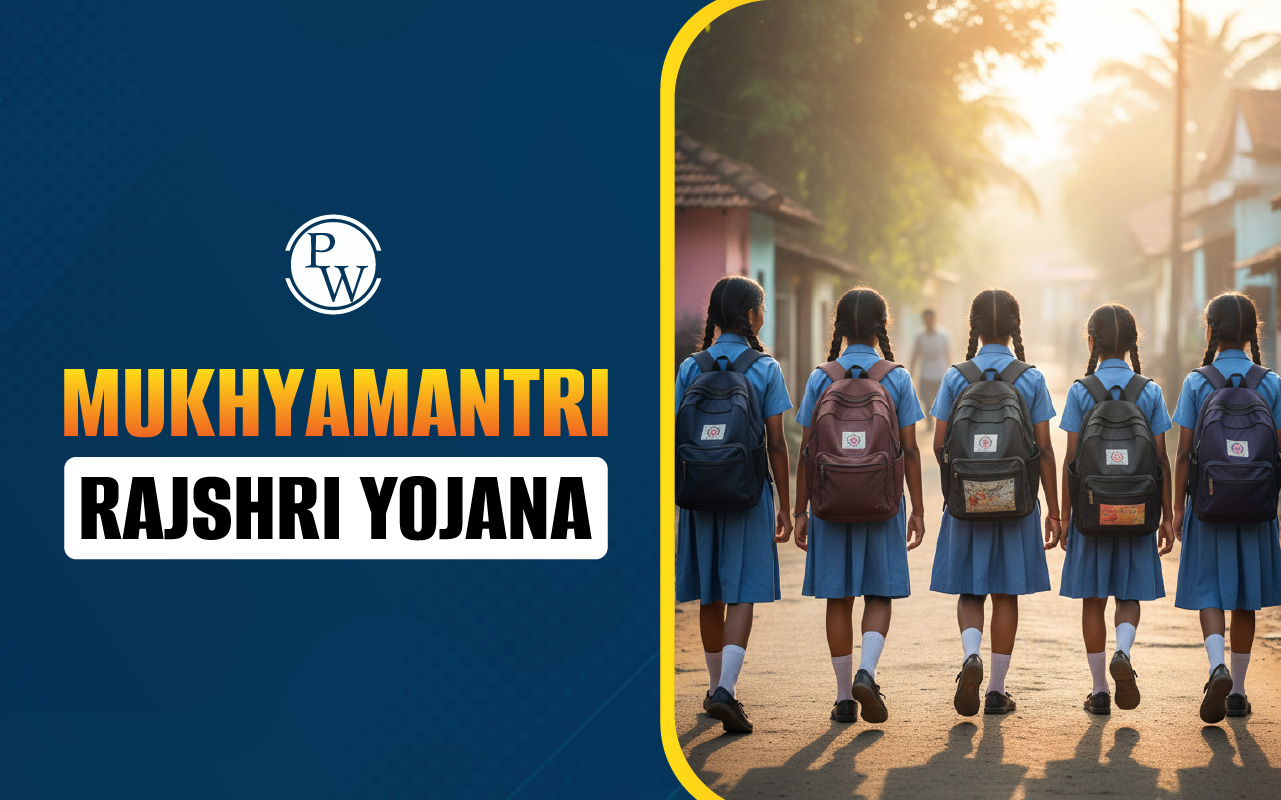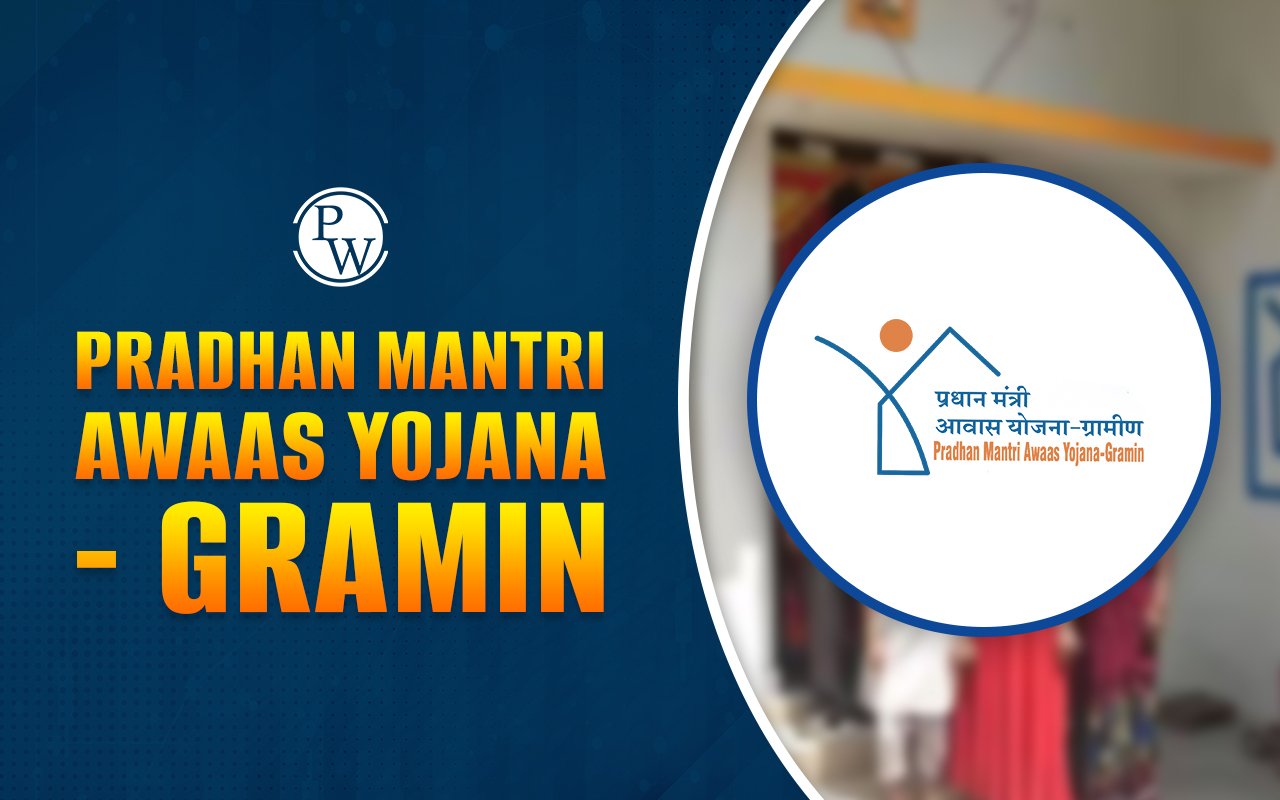
Ishwar Chandra Vidyasagar: Now that there has been a focus centered around the Bengal election violence. One of the names that has been surging is that of Ishwar Chandra Vidyasagar. He was one of the visionary reformers whose work shaped the 19th-century Indian modern social and educational landscape. Ishwar Chandra Vidyasagar was a scholar, educator, and humanitarian who worked tirelessly. He promoted concepts of widow remarriage, female education, and vernacular learning.
He carried a bold and thoughtful approach towards society and bridged the gap between traditional values and progressive thoughts. The legacy of Ishwar Chandra Vidyasagar is largely celebrated in Bengal, where he introduced key changes to literature, language, and civil rights. From challenging regressive customs to strengthening the foundation of modern education, he has done it all. Let’s cover the complete life journey of Ishwar Chandra Vidyasagar.
Who was Ishwar Chandra Vidyasagar?
Ishwar Chandra Vidyasagar was one of the renowned social reformers and intellectuals of the 19th century in India. He is applauded for his wisdom, humility, and sense of justice. He has led pioneering efforts to uplift women and marginalized communities through education and legal reform.
He was also known as Pandit Ishwar Chandra Vidyasagar for his mastery in Sanskrit and philosophy. Yet one of the fascinating aspects is that he advocated for education in the vernacular to ensure wider accessibility. Therefore, learning about Ishwar Chandra Vidyasagar's contributions plays an important role in understanding his resistance to the odds of the 19th century.
Early Life & Education of Ishwar Chandra Vidyasagar
Ishwar Chandra Vidyasagar was born on 26 September 1820 in Birsingha village, located in the Medinipur district of Bengal Presidency, which is now West Bengal. His father's name was Thakurdas Bandyopadhyay, and his mother's name was Bhagavati Devi. His parents came from a modest Brahmin family.
In spite of monetary struggles, his passion for education was unmatched. At nine years old, Ishwar Chandra Vidyasagar relocated to Calcutta (now Kolkata) to seek advanced education. He registered at the Sanskrit College, where he learned Sanskrit grammar, literature, logic, and Vedanta.
His remarkable achievement at the institution granted him the title "Vidyasagar," signifying "Ocean of Knowledge." It is said that Ishwar Chandra Vidya Sagar used to study under the streetlights because of the inadequate light at home. His life hardships and his determination led him to the path of success.
Ishwar Chandra Vidyasagar's Contributions to Education
Ishwar Chandra Vidyasagar made a major contribution to the education system of 19th-century India. He promoted practical learning and challenged the caste-based restrictions, and reformed the traditional curriculum. Pandit Ishwar Chandra Vidyasagar desired to blend classical knowledge with modern subjects.
The purpose and aim behind it were to create an accessible and progressive academic environment. Refer to the information below to learn about some of the major contributions in the field of education:
-
Modernized the Sanskrit College Syllabus: He introduced English, science, and mathematics into the traditional Sanskrit curriculum. Thereby blending in the Eastern classics with modern, practical subjects.
-
Promoted Vernacular Language in Education: Pandit Ishwar Chandra Vidyasagar advocated Bengali as a teaching medium. Through this, he aimed at making education accessible and meaningful for common people, especially those unfamiliar with Sanskrit or English.
-
Expanded Female Education: He established girls’ schools across Bengal, promoting women’s right to education. For this act, he was widely opposed by the orthodox social and religious communities.
-
Opened Pathways for Marginalized Communities: He encouraged lower castes to study, offering scholarships and admission. Hence, breaking social barriers in traditional educational institutions.
-
Encouraged Practical and Moral Learning: He focused on building character through education by combining intellectual development with moral values and critical thinking skills.
Ishwar Chandra Vidyasagar’s Contribution to Society
When it comes to Ishwar Chandra Vidyasagar’s contribution to society then it extends beyond education. It broadens its horizon over law, women’s rights, and caste reform. He did contribute, though, by using compassion and logic to transform traditional Indian social structures.
Listed here are the contributions that Vidyasagar made to society:
-
Legalised Widow Remarriage: He supported widow remarriage and was at the forefront of bringing the Hindu Widow’s Remarriage Act. he supported this through petitions, public participation, and references to scripture.
-
Resisted Child Marriage: He was against child marriage as damaging and immoral. Rather supported maturity and consent in marriage customs through his writings and public discussions.
-
Established Welfare Homes for Women: He established secure spaces for widows and neglected women. He provided them with monetary support, refuge, and social protection in a highly traditional society.
-
Fought Against Caste Prejudices: He confronted caste hierarchy by advocating for equal educational and job opportunities for lower castes, enhancing access and respect.
-
Balanced Reform with Religious Understanding: He cited religious texts to justify reform. Facilitating social change with little opposition from traditional communities and religious leaders.
Ishwar Chandra Vidyasagar’s Contribution as Writer
Even as a writer, Ishwar Chandra Vidyasagar also contributed to the field of writing and redefined Bengali literature. He works with clarity, structure, and purpose, thereby using work to spread education and social awareness. Mentioned here are some of the major works of Ishwar Chandra Vidyasagar.
| Ishwar Chandra Vidyasagar’s Contribution as Writer | ||
| Work | Year | Description |
| Borno Porichoy | 1855 | A foundational Bengali primer simplifying the alphabet to promote literacy among children and the masses. |
| Betal Panchabinsati | 1847 | Bengali translation of a Sanskrit story collection, expanding its reach and literary value. |
| Sitar Bonobas / Seetar Vanavas | 1860 | A Ramayana-inspired story promoting moral education through literature. |
| Shakuntala | 1854 | Bengali translation of Kalidasa’s classical Sanskrit play, known for its literary finesse. |
| Banglar Itihaas | 1848 | A historical account introducing readers to the history of Bengal. |
| Jivancharita | 1849 | A biographical work aimed at educating the public about moral lives. |
| Mahabharata (Part) | 1860 | A retelling or part translation of the Indian epic to make it accessible to Bengali readers. |
| Bhrantivilaas | 1869 | A Bengali literary work known for its satirical and educational elements. |
| Oti Alpa Hoilo | 1873 | A prose piece expressing concerns about social issues with clarity and critique. |
| Aabaar Oti Alpa Hoilo | 1873 | A sequel to the above, continuing social commentary through literature. |
| Brajavilaas | 1884 | A narrative blending devotional and cultural themes, contributing to B |
Looking for guidance in UPSC preparation? Explore Physics Wallah’s UPSC courses!
Ishwar Chandra Vidyasagar FAQs
Who was Ishwar Chandra Vidyasagar?
What was Ishwar Chandra Vidyasagar's contribution to education?
Why is Pandit Ishwar Chandra Vidyasagar known as a social reformer?
What were some notable books written by Ishwar Chandra Vidyasagar?










